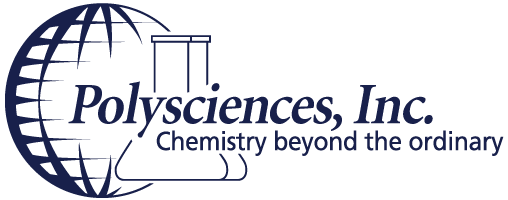點擊藍字 關注我們

These guidelines are our recommendations based off research, testing, and customer feedback. There are alternative methods available, but we suggest following these recommendations for easy adoption and consistently high performance. These methods are adapted from Cold Spring Harbor Protocols [1], an excellent secondary resource for transient transfection literature.
Reagent Preparation
Materials:
1. 1g PEI 25K (Polysciences Catalog# 23966).
2. 1L Milli-Q? water, water for injection (WFI), or comparable biological-grade water
3. 12 M Hydrochloric Acid (HCl)
4. 10 M Sodium Hydroxide (NaOH)
5. Disposable 0.1-0.2mm PES vacuum sterile-filter.
6.Sterile HDPE or polypropylene storage vials for reagent aliquots.
Equipment
1. 1L glass beaker
2. 1L glass graduated cylinder
3. Calibrated pH meter
4. 2 x disposable 1mL plastic pipettes
5. Stir plate
6. PTFE coated stir bar
7. Vacuum pump
Method:
1.Dispense 1g of PEI 25K into beaker and suspend in 900 mL of water.
2. Add stir bar and set stirring to produce a small vortex.
3. Add hydrochloric acid dropwise until pH is < 2.0.
4. Cover top of beaker and stir for up to 3 hours until powder fully dissolves.
5. Add sodium hydroxide dropwise until pH is 6.9-7.1.
6. Transfer solution to graduated cylinder and add water until the total volume is 1L.
7. Sterile-filter through vacuum membrane.
8. Aliquot as desired and store at -20°C.
Reagent Storage
Frozen aliquots can be stored at -20°C for up to one year. Aliquots can be thawed and kept at 4°C for up to two weeks, but should never be re-frozen.
References
Polyethylenimine (PEI), linear (1 mg/mL). Cold Spring Harbor Protocols 2008, pdb.rec11323– pdb.rec11323 (2008). doi:10.1101/pdb.rec11323
Support
We’re here to help! Our technical staff can troubleshoot most common and not-so-common issues you may have. Send us an email at info@polysciences.com and we will get back to you, typically within one business day.
